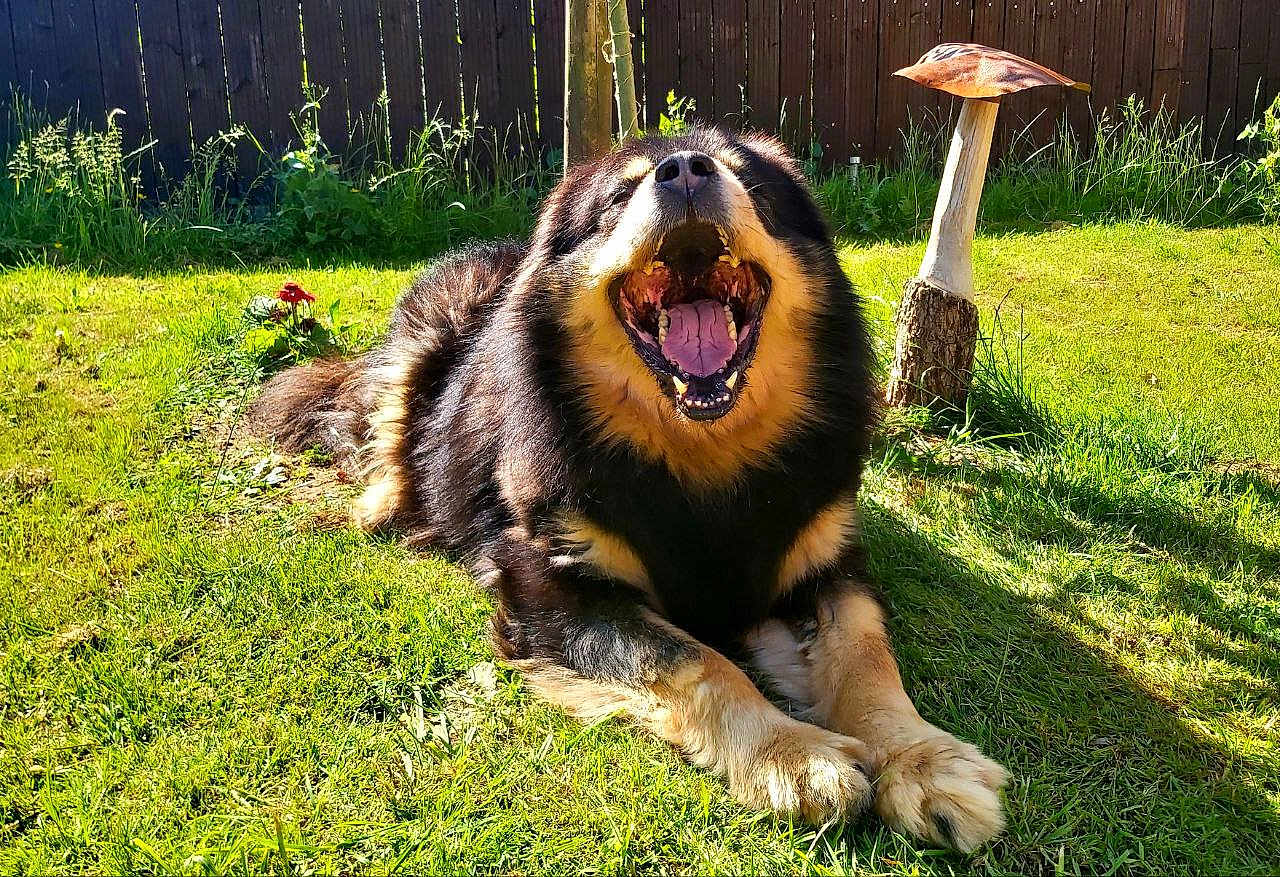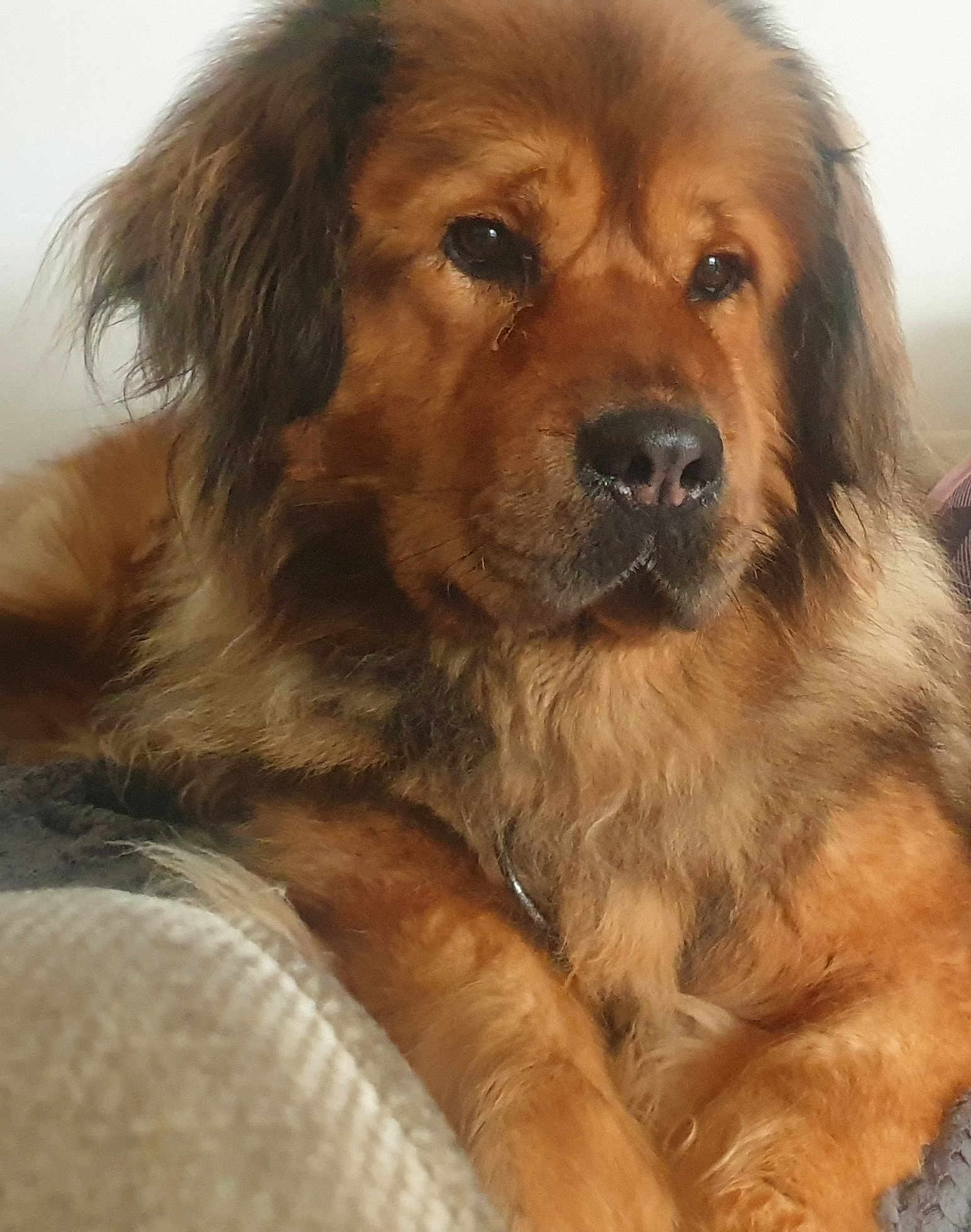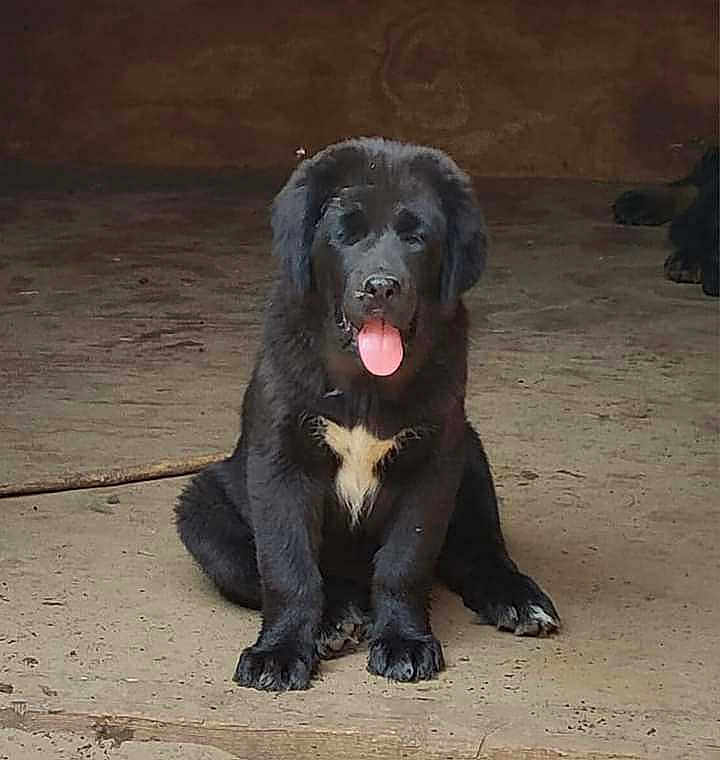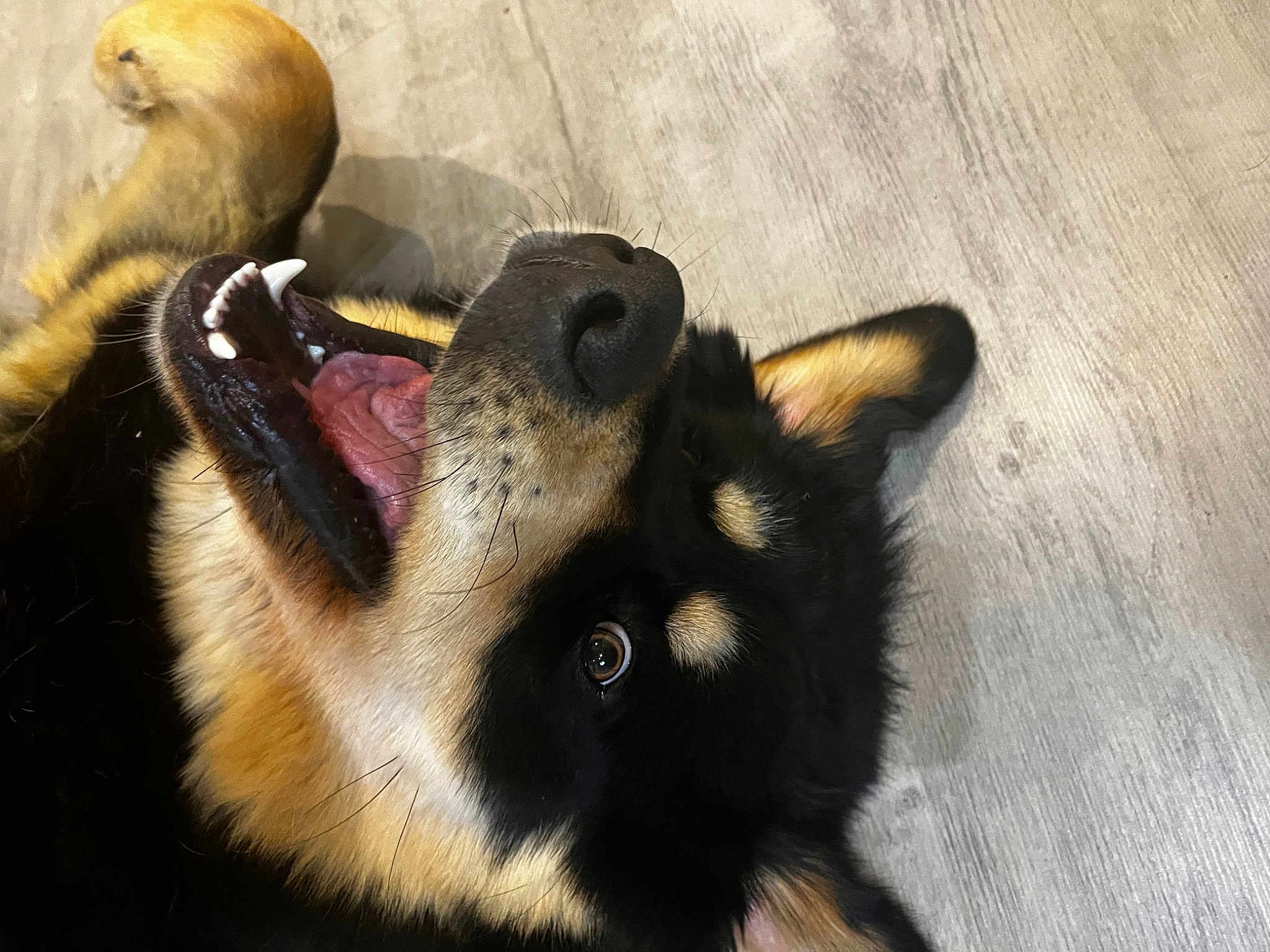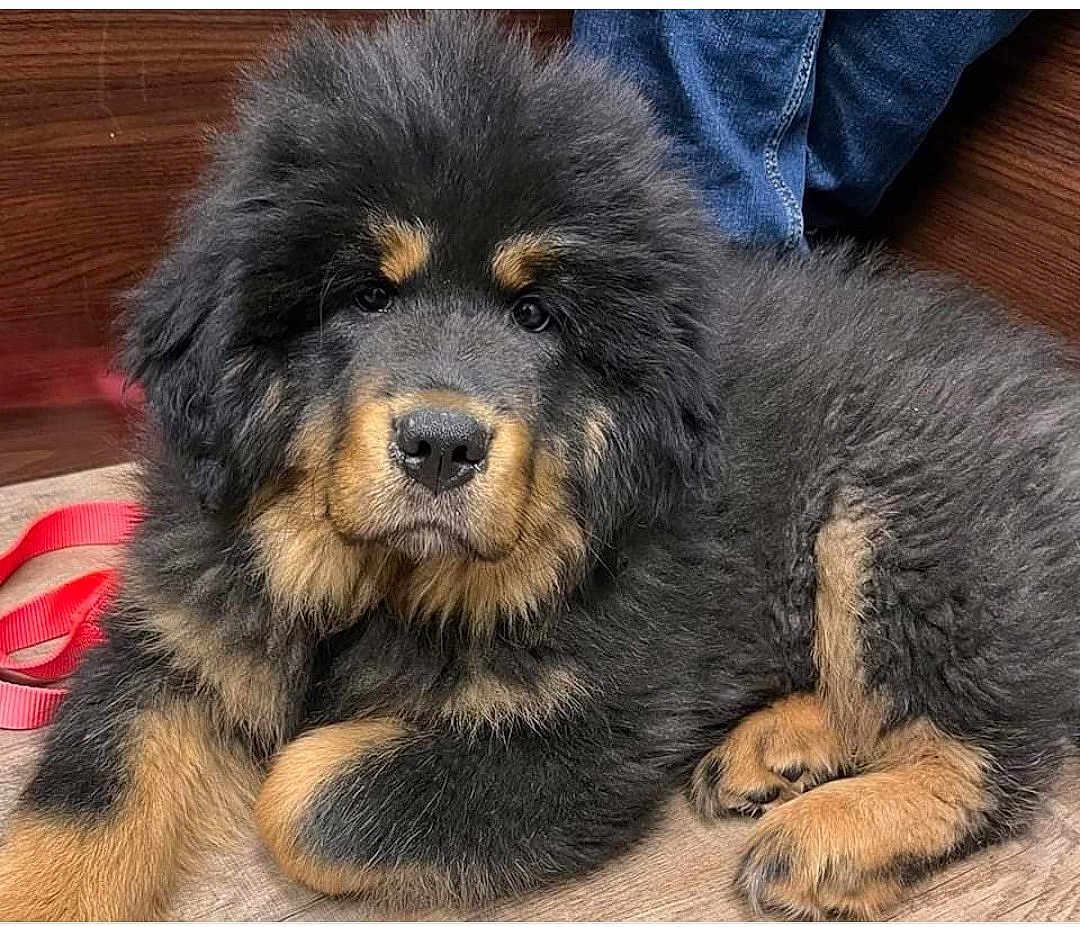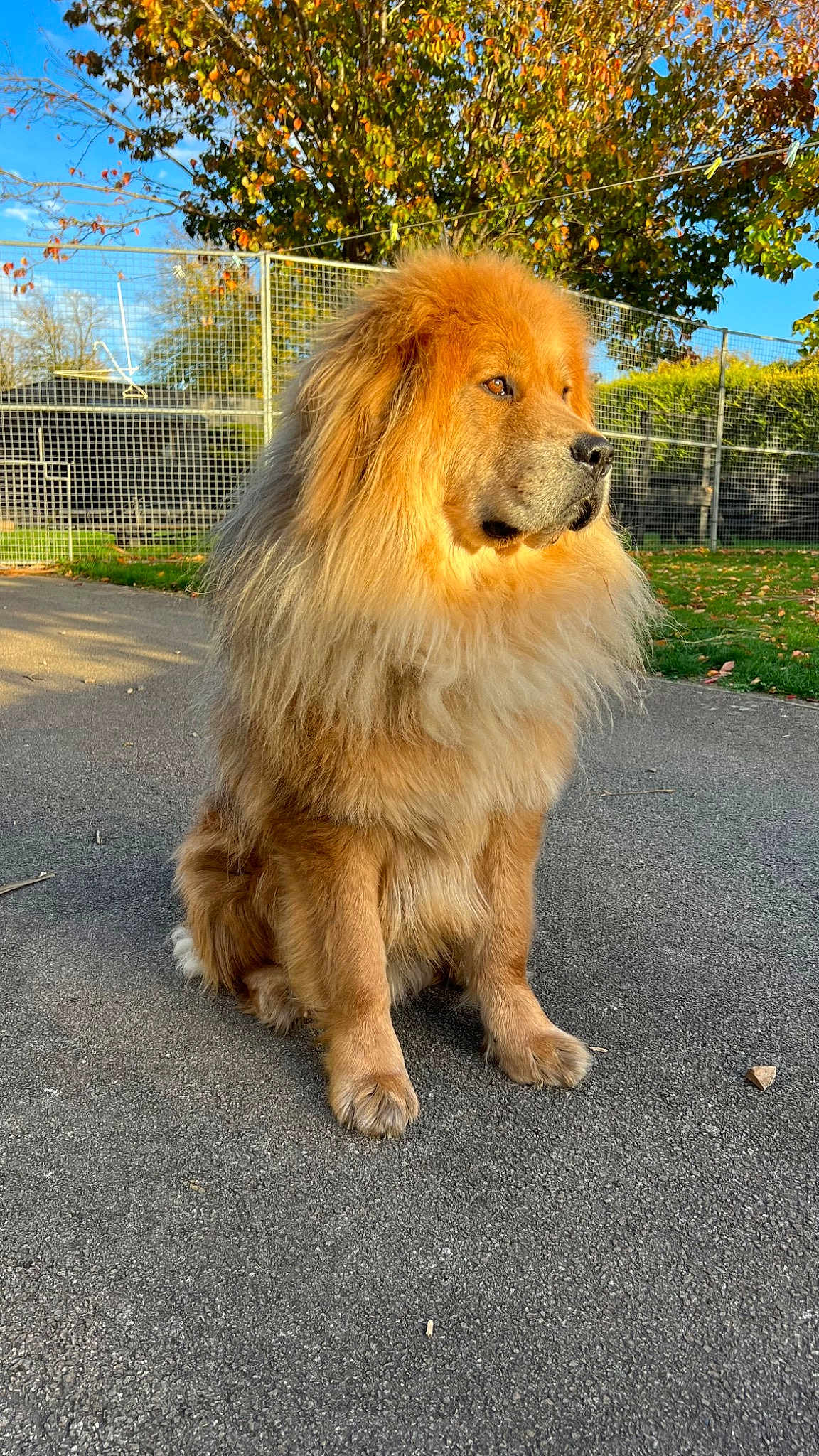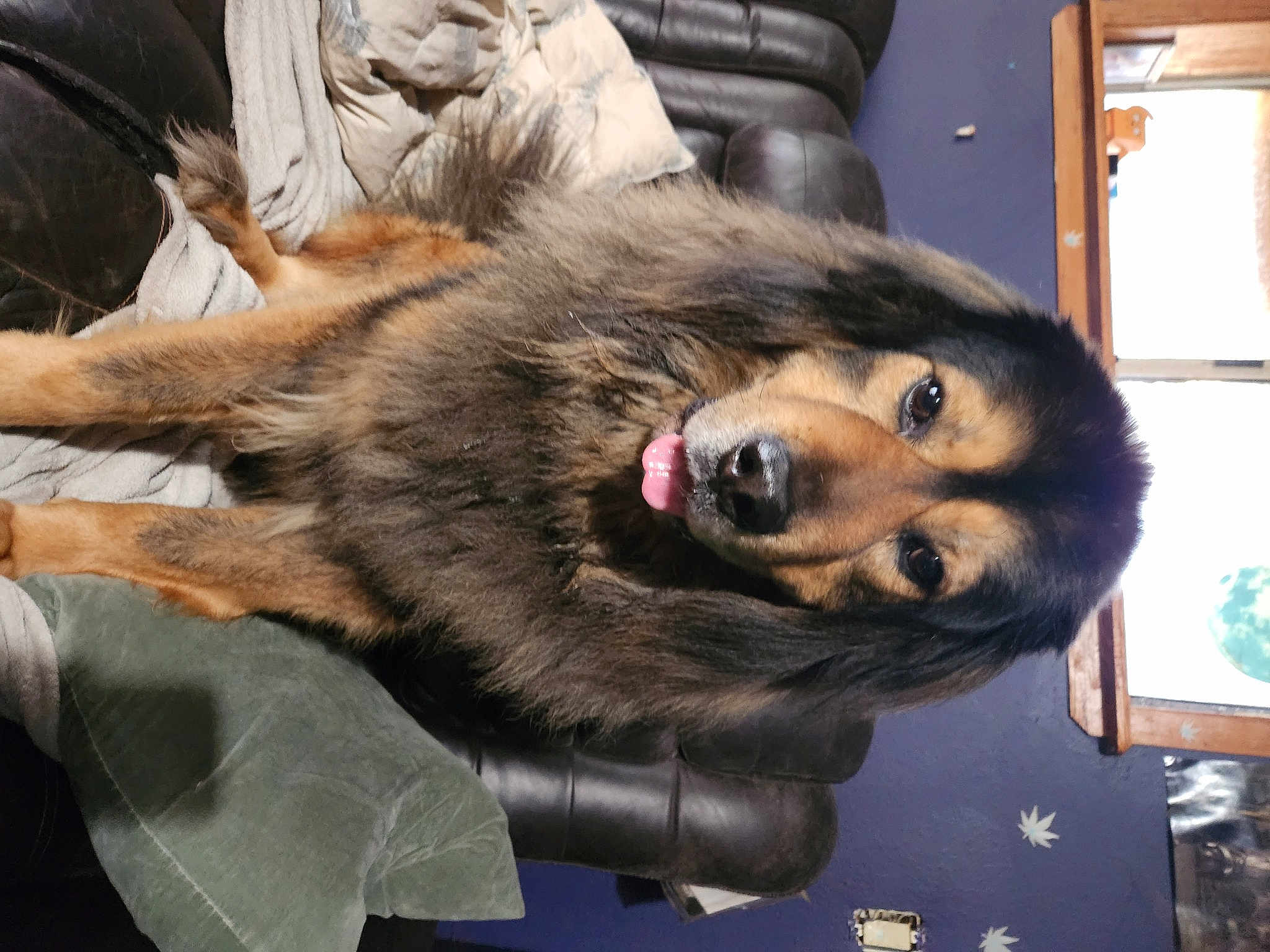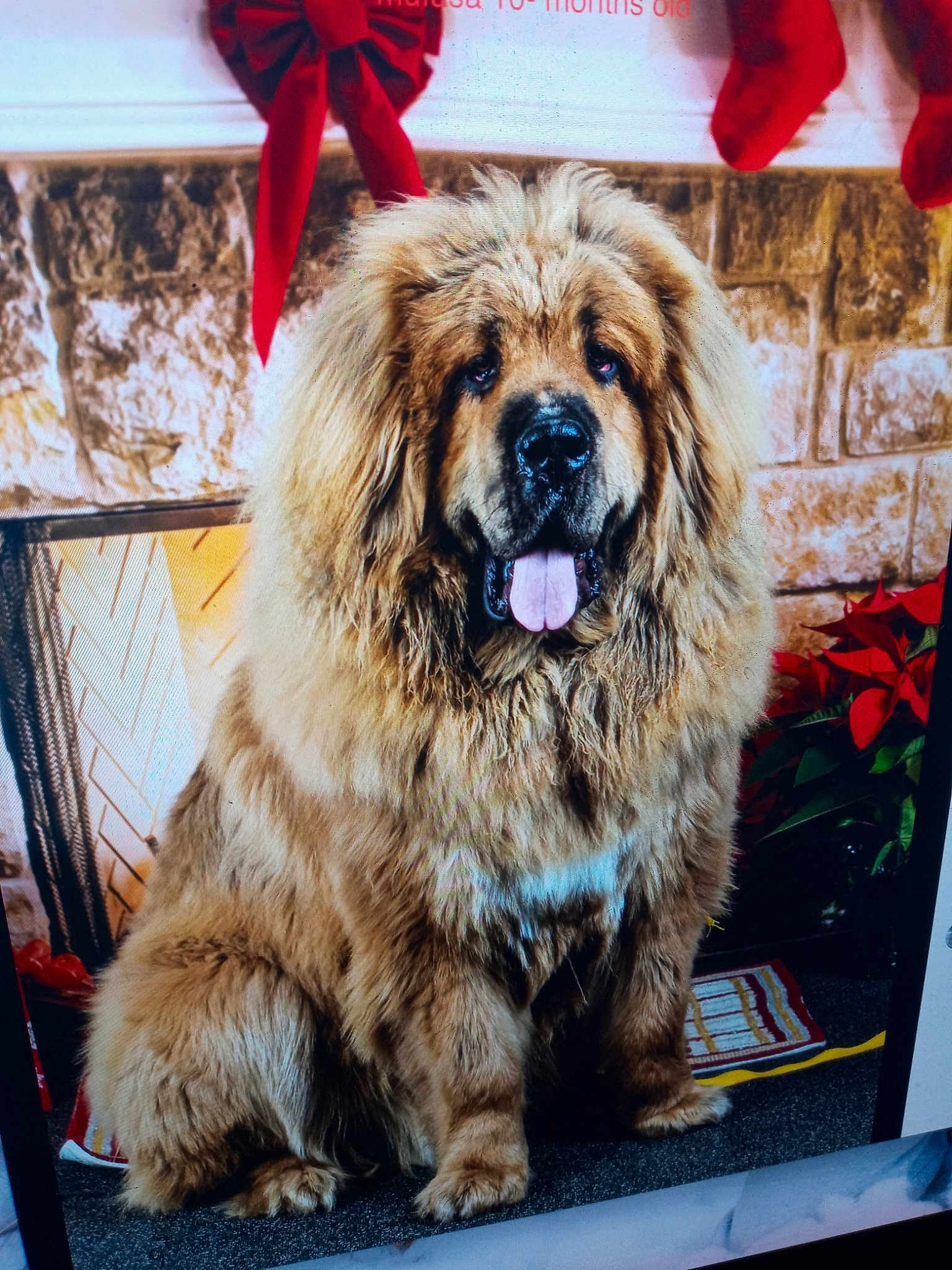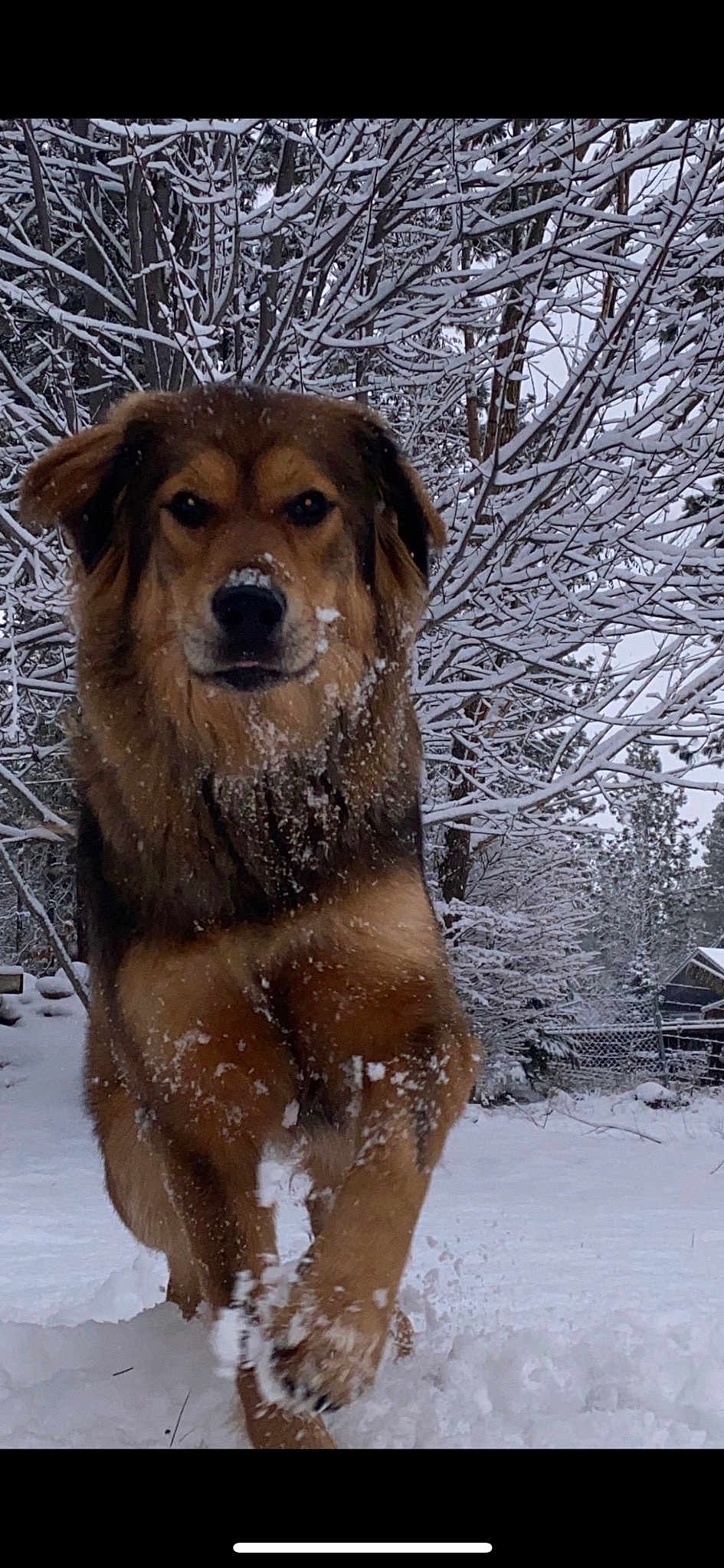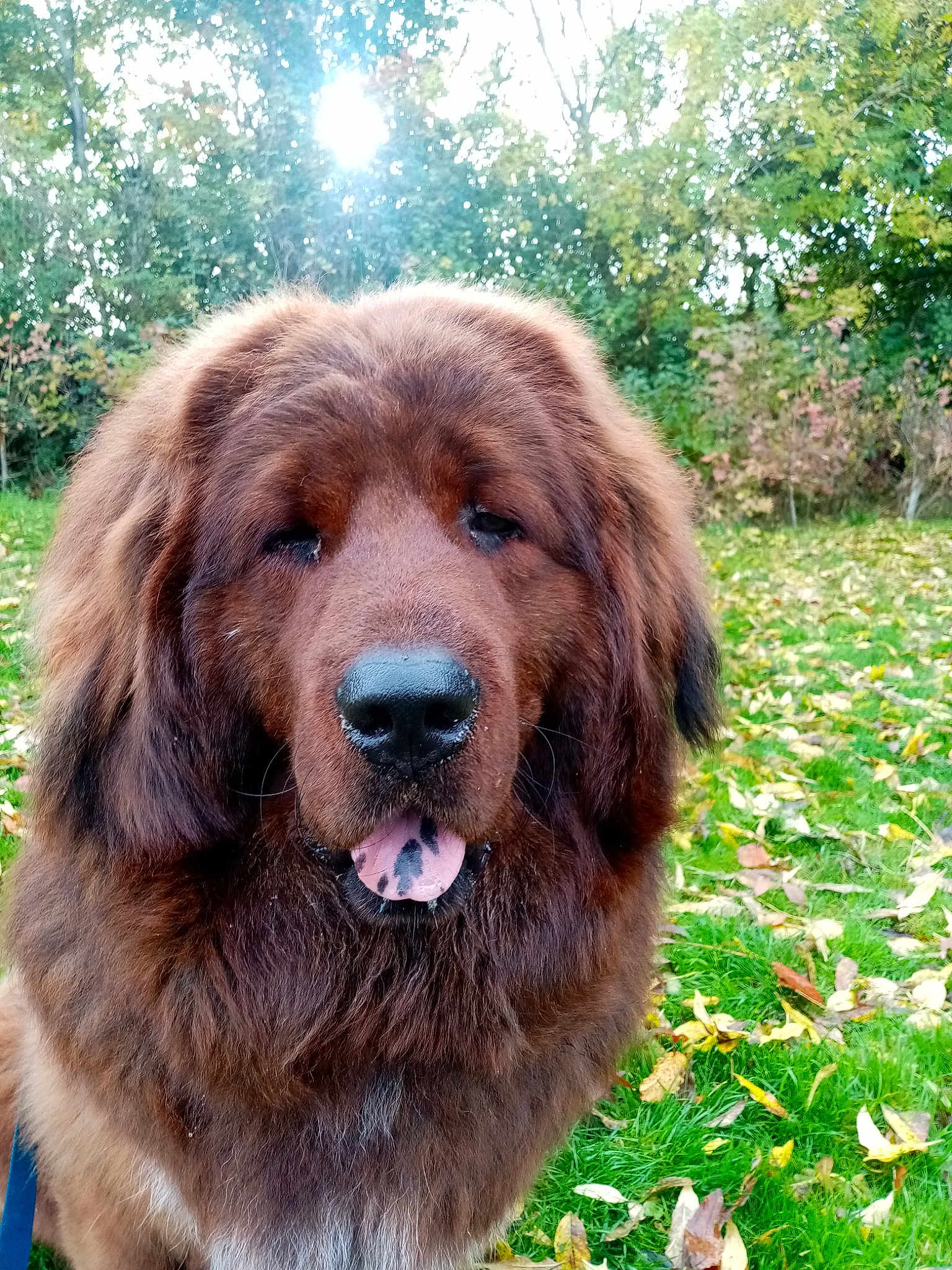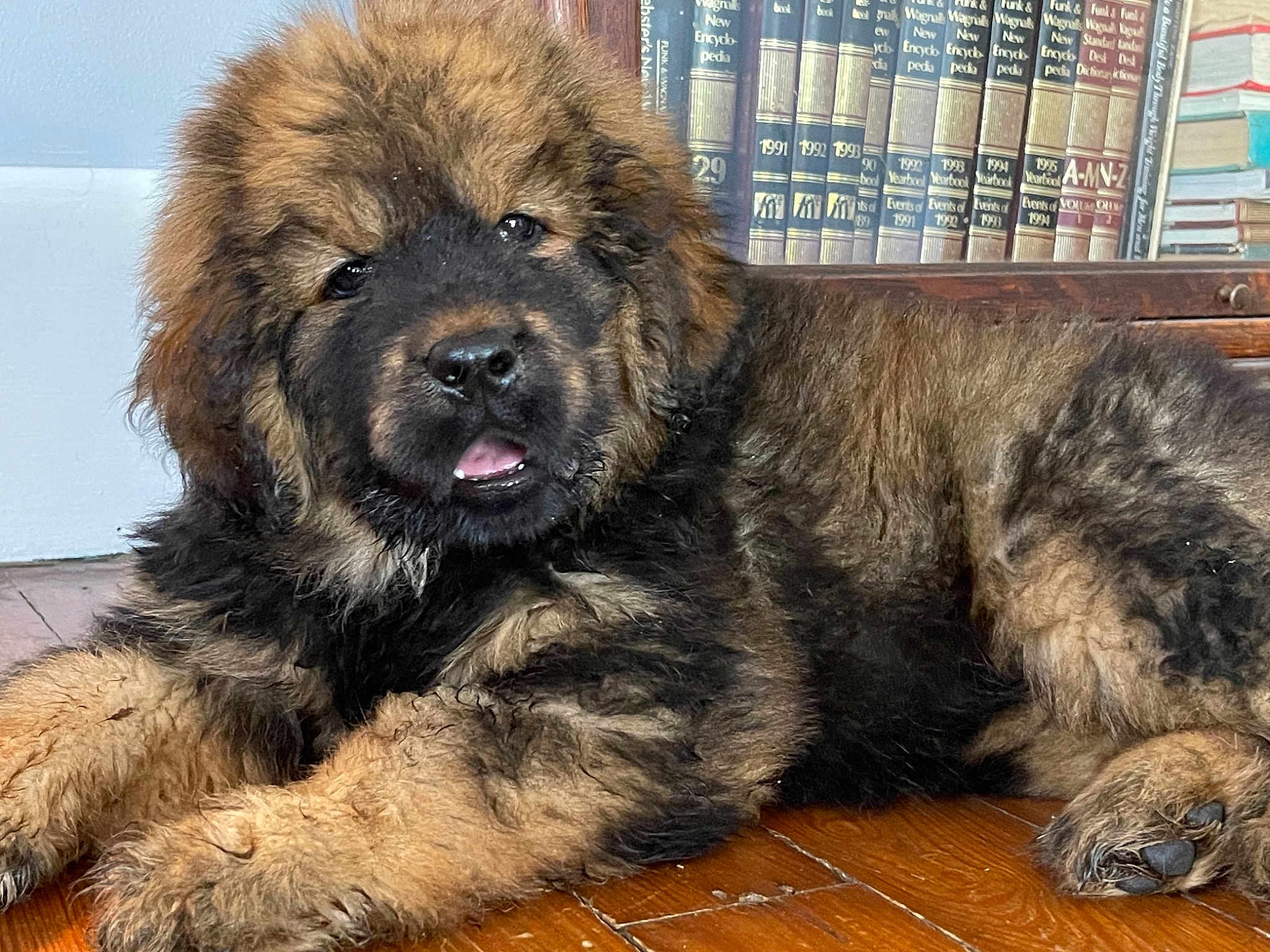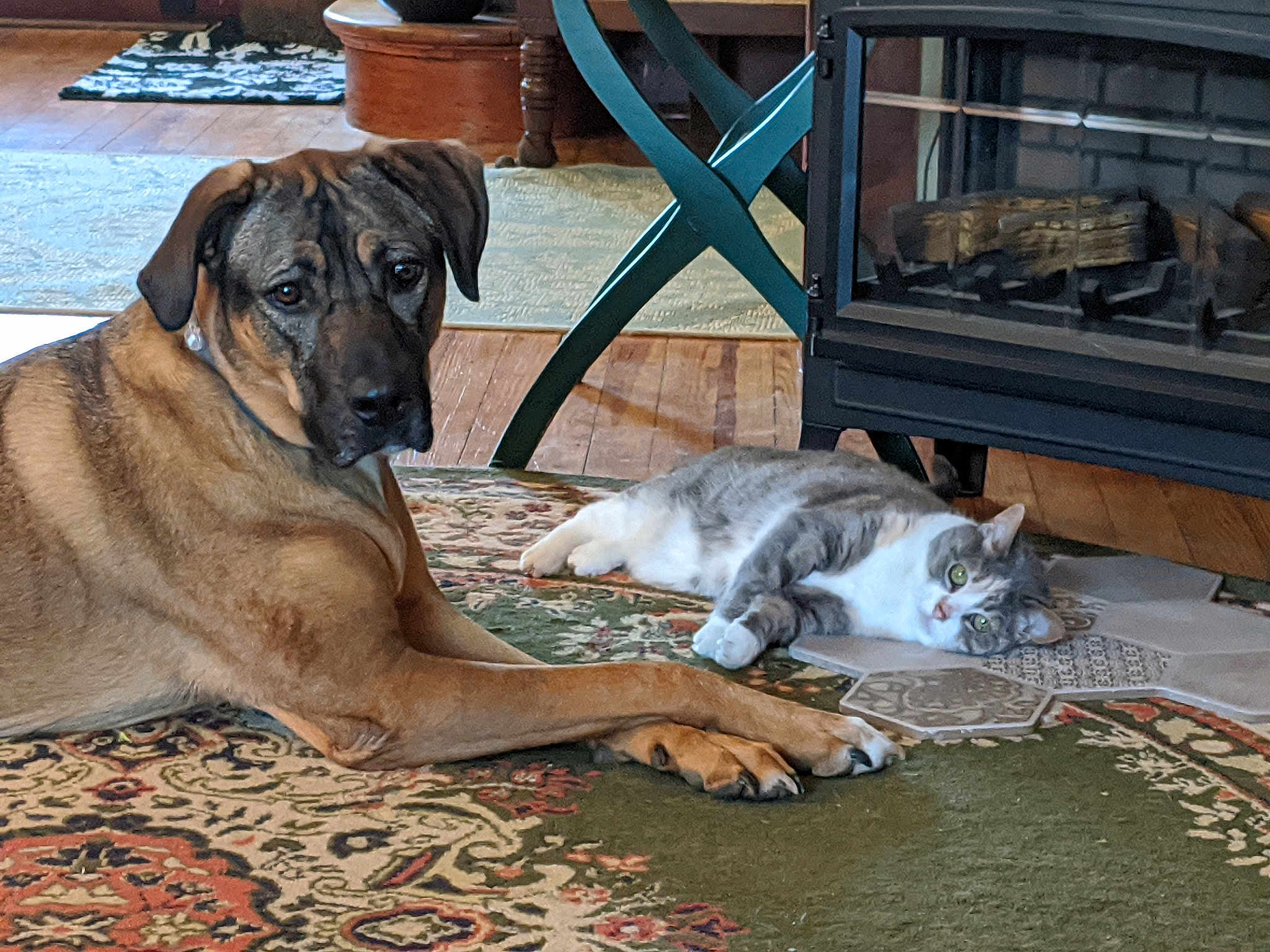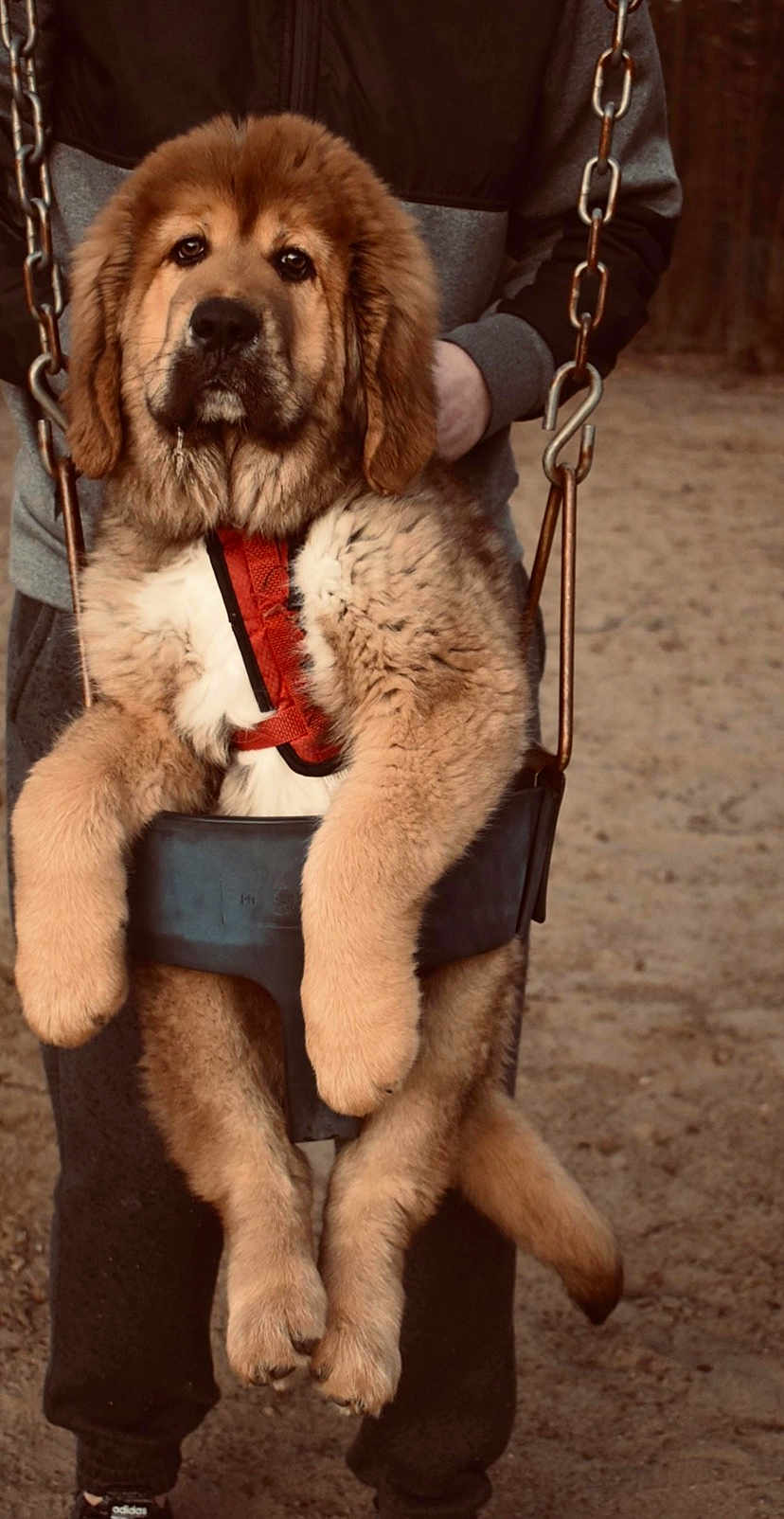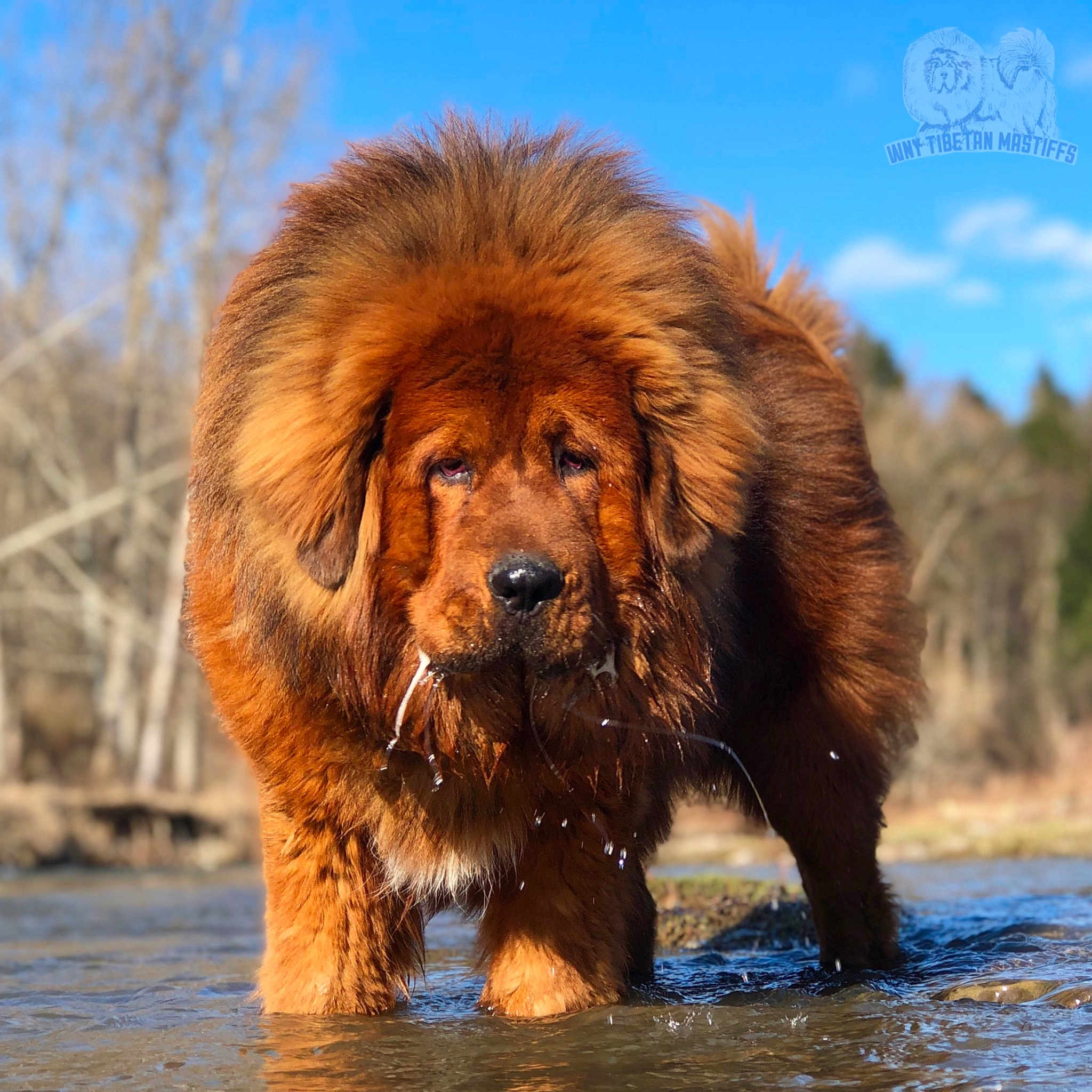
"The Tibetan Mastiff, an ancient guardian breed, has roamed the high plateaus of Central Asia for over two thousand years, offering both protection and companionship to nomadic herders and monks."
Personality and Behavior of the Tibetan Mastiff
The Tibetan Mastiff is often described as a dignified, watchful, and independent breed. They are known for their natural guarding instincts, which have been honed over centuries to protect livestock and property. This breed tends to be aloof with strangers, demonstrating a reserved and steadfast demeanor, but they are incredibly loyal and loving to their family members.
This breed’s temperament can be quite variable depending on upbringing and training. While Tibetan Mastiffs are generally calm indoors, they have a significant amount of energy that requires regular exercise and mental stimulation. Owners frequently notice their Mastiffs' keen sense of alertness and quick reaction to unfamiliar stimuli, traits that make them excellent watchdogs.
(Despite their formidable appearance, Tibetan Mastiffs have a unique trait of being active primarily at night, when they traditionally guarded against predators in their homeland.)
Socialization is crucial for the Tibetan Mastiff. Without it, the breed’s natural wariness could turn into unnecessary aggression toward visitors or other animals. Providing structured social exposure helps mold a well-rounded canine companion that understands when to be protective and when to relax.
Meanings, History and Origins of the name Tibetan Mastiff
The breed’s name, "Tibetan Mastiff," originates from its native region, Tibet, and the word "Mastiff," which historically refers to large, strong dogs used for guarding and protection. The Tibetan Mastiff, known in Tibet as "Do-Khyi" (translated separately as "tied dog"), reflects its traditional role of being tethered to guard monasteries, villages, or herds.
Tibetan Mastiffs are one of the oldest and rarest breeds, with evidence suggesting their presence dates back to ancient times. Renowned for their robust size and thick double coats, they were essential for survival in their harsh, mountainous habitats. These dogs also possess a storied background linked to various dynasties and historical figures who valued them for their guarding prowess.
In Tibetan culture, these dogs are believed to be the reincarnations of monks and nuns who failed to achieve enlightenment, further enhancing the breed’s revered status. Their legacy is intertwined with spiritual and practical elements that have cemented their place as an iconic symbol of protection and loyalty.
Popularity of the Tibetan Mastiff
The Tibetan Mastiff’s majestic appearance and distinctive traits have garnered it interest worldwide. However, its popularity varies significantly across different regions. In the Western world, including the United States and Europe, the breed is appreciated for its unique characteristics and historical significance. However, it remains relatively rare due to its specific care needs and strong personality.
In recent years, there has been a surge in popularity in countries like China, where the breed is often seen as a status symbol. Some Tibetan Mastiffs have sold for extravagant prices, attracting considerable media attention and leading to a surge in ownership, albeit sometimes more for prestige than for traditional roles.
In other parts of the world, particularly within regions that value working dogs, the Tibetan Mastiff maintains a steady but moderate following. Their allure lies mainly in their distinctive appearance, protective nature, and deep-rooted history rather than widespread household popularity.
Health and Care of the Tibetan Mastiff
Tibetan Mastiffs are generally robust dogs, but they, like all breeds, have specific health considerations. Common health issues include hip dysplasia, elbow dysplasia, and occasionally thyroid dysfunction. Regular veterinary check-ups are essential to monitor and manage these potential health concerns.
Diet plays a critical role in the overall health of these majestic dogs. A balanced diet rich in proteins and essential nutrients supports their muscular build and thick coat. Owing to their size, it's important to maintain a proper diet that prevents obesity, which can exacerbate joint problems. Fresh water should always be available to keep these dogs hydrated, particularly given their thick fur that can contribute to overheating in warmer climates.
Regular grooming is another vital aspect of caring for a Tibetan Mastiff. Their dense, double coat requires weekly brushing to avoid mats and tangles and to manage shedding. During shedding seasons, more frequent grooming may be necessary to keep their coat in good condition and ensure their comfort.
Training and Education of the Tibetan Mastiff
Training a Tibetan Mastiff can be quite a challenge due to their independent and sometimes stubborn nature. Early training and socialization are critical to ensure they grow into well-behaved adult dogs. Positive reinforcement methods work best, as these dogs do not respond well to harsh or punitive training techniques.
Consistency is key in training a Tibetan Mastiff. Establishing clear rules and boundaries from a young age helps them understand what is expected of them. Due to their natural guarding instincts, it’s important to expose them to a variety of people, animals, and environments to mitigate unnecessary aggression and ensure they can differentiate between friends and potential threats.
A particularly important aspect of Tibetan Mastiff training is teachability in basic commands like sit, stay, come, and leave it. This forms the foundation for further obedience training and ensures you have control over your dog in various situations. Engagingly challenging their minds with puzzle toys and advanced commands can also prevent boredom and destructive behavior.
While Tibetan Mastiffs are intelligent and capable, they thrive best with experienced dog owners who understand and can manage their inherent traits. Group training classes can also provide valuable social exposure and help address any specific behavioral issues in a controlled environment.
Guidance on choosing the right dog involves considering the breed's needs, your living situation, experience level, and lifestyle. For example, the Tibetan Mastiff might not be the best fit for a first-time dog owner or someone living in a small apartment. However, their loyalty and protective nature make them an excellent match for those with the space, experience, and understanding of handling such a large, active breed.
Selecting the right dog is a delightful journey, and the Tibetan Mastiff, with their rich history and loyal companionship, is a breed that brings immense joy to dedicated owners. At KingPet, we are thrilled to see many Tibetan Mastiffs in our photo contest, showcasing their grandeur and charm. Choosing the Tibetan Mastiff promises a rewarding experience filled with devotion and adventure.












